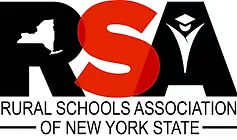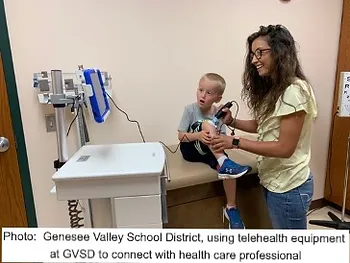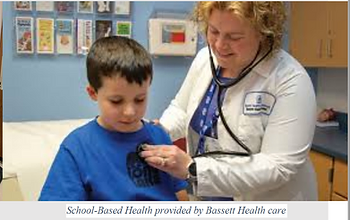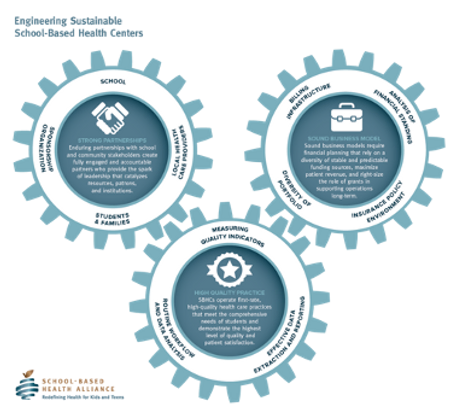
The New York State School Board Association (NYSSBA) held a summit on May 20 entitled “Your Role in Addressing the Growing Mental Health Crisis Among Students,” featuring the Rural Schools Association, among others.
The day consisted of morning and afternoon sessions. Each began with an address from an expert in the field, followed by concurrent breakout discussions facilitated by additional experts.
Dr. Katharine H. Briar-Lawson, Professor and Dean Emeritus of the School of Social Welfare at SUNY Albany gave the morning address connecting the research on Adverse Childhood Experiences (ACEs) with the current mental health trends among students in NY’s public schools. Discussions following this address centered around opening up communication with parents, building early detection and rapid response capacity in schools, and how school administrators can begin this work district-wide.
Dr. Hal Lawton, Professor of Educational Policy and Leadership and Social Welfare from the Department of Educational Policy and Leadership at SUNY Albany started the afternoon with a talk highlighting some small steps that even non-mental health professionals can take to create a safe environment for students to express needs, and give students opportunities to manage emotions before they escalate into crisis. Discussions following this address included professional development for non-mental health professionals, policy advocacy strategies, and developing place-based partnership strategies. This last discussion was facilitated by Rural School Association’s Deputy Director, Dr. Gretchen Rymarchyk. School based attendees arrived with confusion about what “place-based” means, and multiple obstacles and solutions to creating partnerships with community mental health providers. Take-aways included ensuring input from ALL stakeholders, especially school-based counselors and students, from the beginning to help minimize unforeseen obstacles; making sure school-based and community-based counselors have clearly defined and separate roles with students; minimizing stigma for students to attend; involving parents as partners, since children’s mental health issues are the symptoms of larger obstacles the family struggles with. Several benefits of having community-based mental health providers in the school include students having more consistent services while missing fewer instructional hours; being able to include families in therapy who wouldn’t otherwise be able to travel to the community-based clinic; continuity over school breaks; and having more mental health professionals available to consult with teachers around classroom behaviors.
This was a very well-attended summit, in spite of having to give up an entire Saturday of gorgeous weather, which speaks to the level of awareness AND need that public schools have around student mental health. NYSSBA collected a great deal of data from the discussions and will be using it to inform future summits, as they described this as the beginning of a larger project state-wide to improve the lives of students. For materials from this summit, visit NYSSBA’s resource page here.



